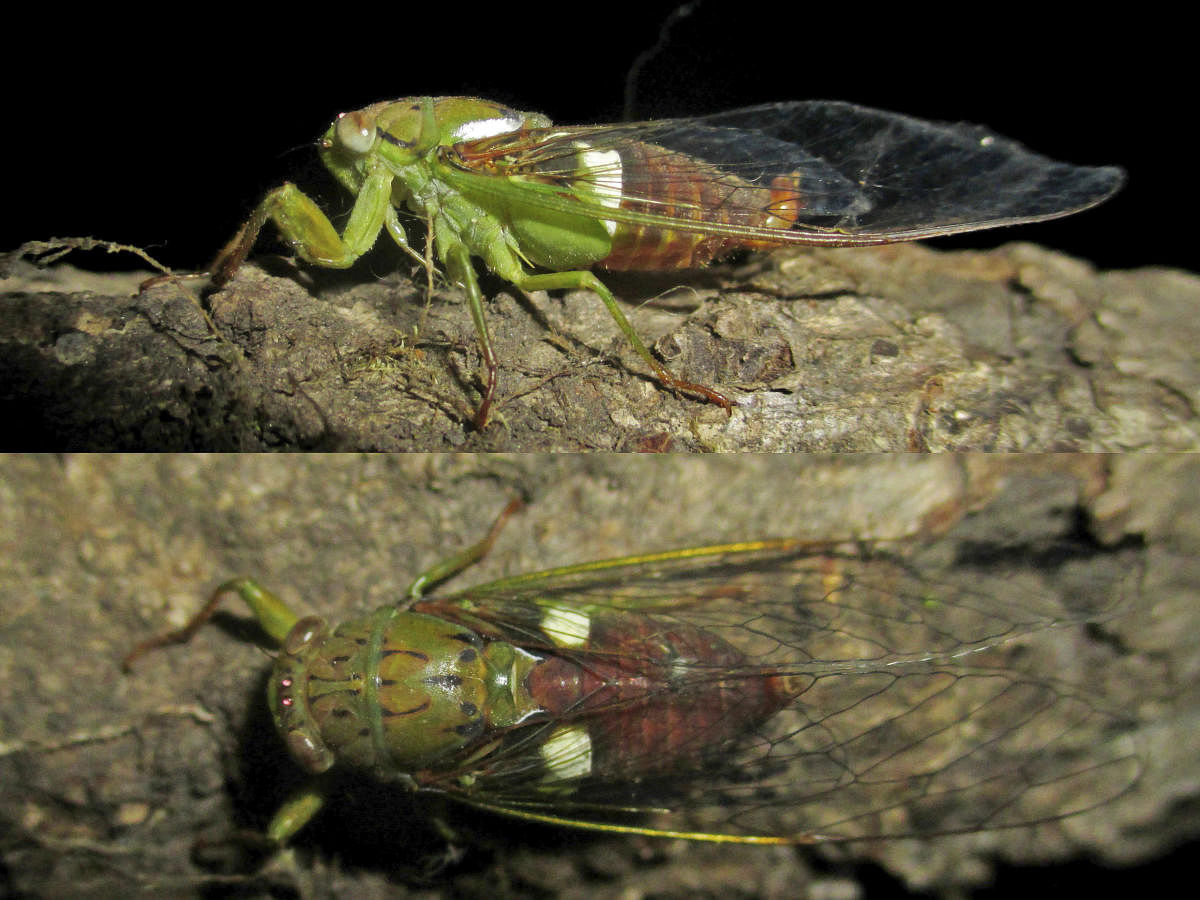
The deep woods of Northeast India remain one of the last frontiers for species hunters looking for new animals, birds and insects. The jungles hardly disappoint the biologists. One group at the National Centre for Biological Sciences, Bengaluru found the area particularly rewarding in the last 18 months.
Since last July, a team of researchers led by Krushnamegh Kunte discovered a butterfly, a moth and three cicada species in Sikkim, Arunachal Pradesh and Meghalaya respectively in yet another proof of the rich biodiversity of the Northeast, less explored compared to the Western Himalayas and the Western Ghats.
They also re-discovered a second moth species after more than 100 years in a new area, extending the range where such species were found.
The team’s latest discovery is a butterfly named Zographetus dzonguensis, which has been discovered from the Upper Dzongu region in the North Sikkim district. Similar to other butterflies reported from Guangdong and Hainan provinces of China, it has its own distinct characteristics.
Cicada species
This was preceded by the discovery of three cicada species, the moths and damselflies. “Northeast is the last frontier for species discovery. We found eight new species in 2020-21. But the area still remains largely unexplored due to its proximity to the borders even though travel has eased in the last 20 years,” Kunte told DH.
The region, crisscrossed by many rivers and punctuated by Khasi and Jaintia hills, has the Bhutan and Tibet plateau in the north and the jungles of Myanmar on the east. Scientific exploration of the area, rich in flora and fauna, virtually stopped in the 1920s only to be resumed in the recent past. The resumption of research activities in the recent decades soon paid dividends with the discovery of Arunachal macaque, a new primate species and Bugun liocichla bird from the Eaglenest wildlife sanctuary in Arunachal Pradesh. Several new species of frogs, amphibians and butterflies have also been found. Scientists say there are still many more to be found.
“Discovery of three new cicada species in a well-sampled area after 100 years is a fairly big surprise,” Kunte said, adding that such discovery not only helps characterise the number of species found in India but will also provide a clue to the forest departments to identify conservation priority areas.
The cicadas have been named as Mata lenonia, derived from the Latin word ‘lenonius’ which means small or miniscule; Mata ruffordii after the UK-based Rufford Foundation that supports conservation work and Mata meghalayana after the state.
The butterfly from Sikkim was spotted by a member of Kunte’s team, who is a resident of Sikkim. He saw 18 individuals of the species in Namprikdang village in North Sikkim district at an altitude of approximately 870 mt in August and September of 2020 and 2021, of which five individuals were photographed. This led to a systematic study of the new species. “Such butterflies are endemic to that region. They are narrowly distributed,” Kunte said. The study was published in a recent issue of Zootaxa.
Other discoveries
A few years ago, Kunte’s team also found a tiny butterfly named Hypolycaena narada in Namdapha forest of Arunachal Pradesh. Named after Narada, a learned Vedic sage from Indian mythology, the species has been found in multiple locations inside the tiger reserve and along a road that leads to Vijaynagar, one of India’s easternmost habitations.
The new moth species Metallolophia taleensis (named after the reserved forest where it was found) has only been found in Talle wildlife sanctuary and that too only in the month of August. The other moth, Metallolophia opalina, was reported originally from Nepal more than a century ago. The three specimens of M opalina collected from Talle wildlife sanctuary represent the first published records of this species in India since its original description and extend its known range eastwards by over 900 km to Arunachal Pradesh.
“While there is an estimated 5-10 million species (mostly insects) on the earth, scientists have been able to identify only about 1.9 million. Species discovery is crucial considering small variations between two species. It helps us understand the biodiversity seen in India,” Kunte said.
